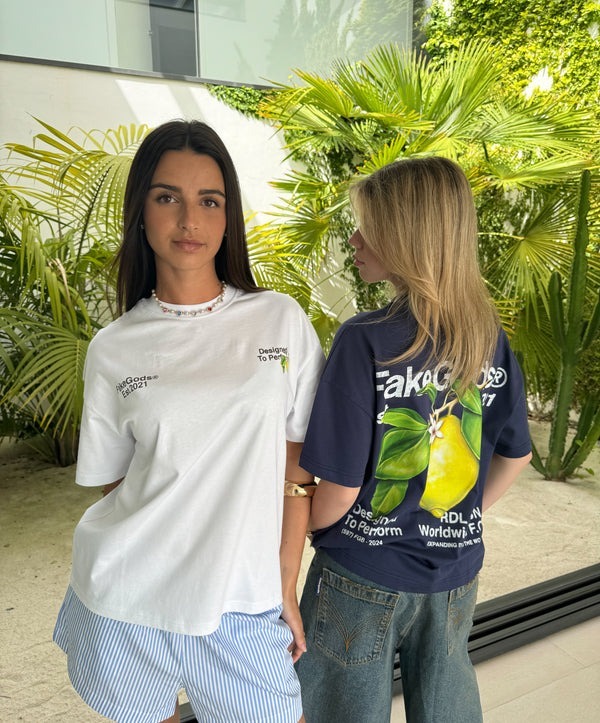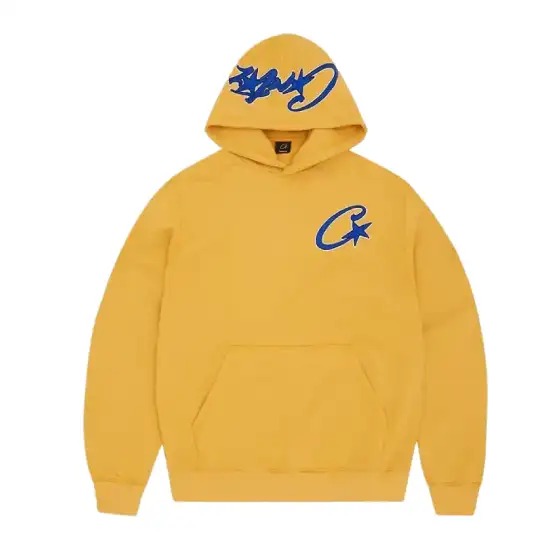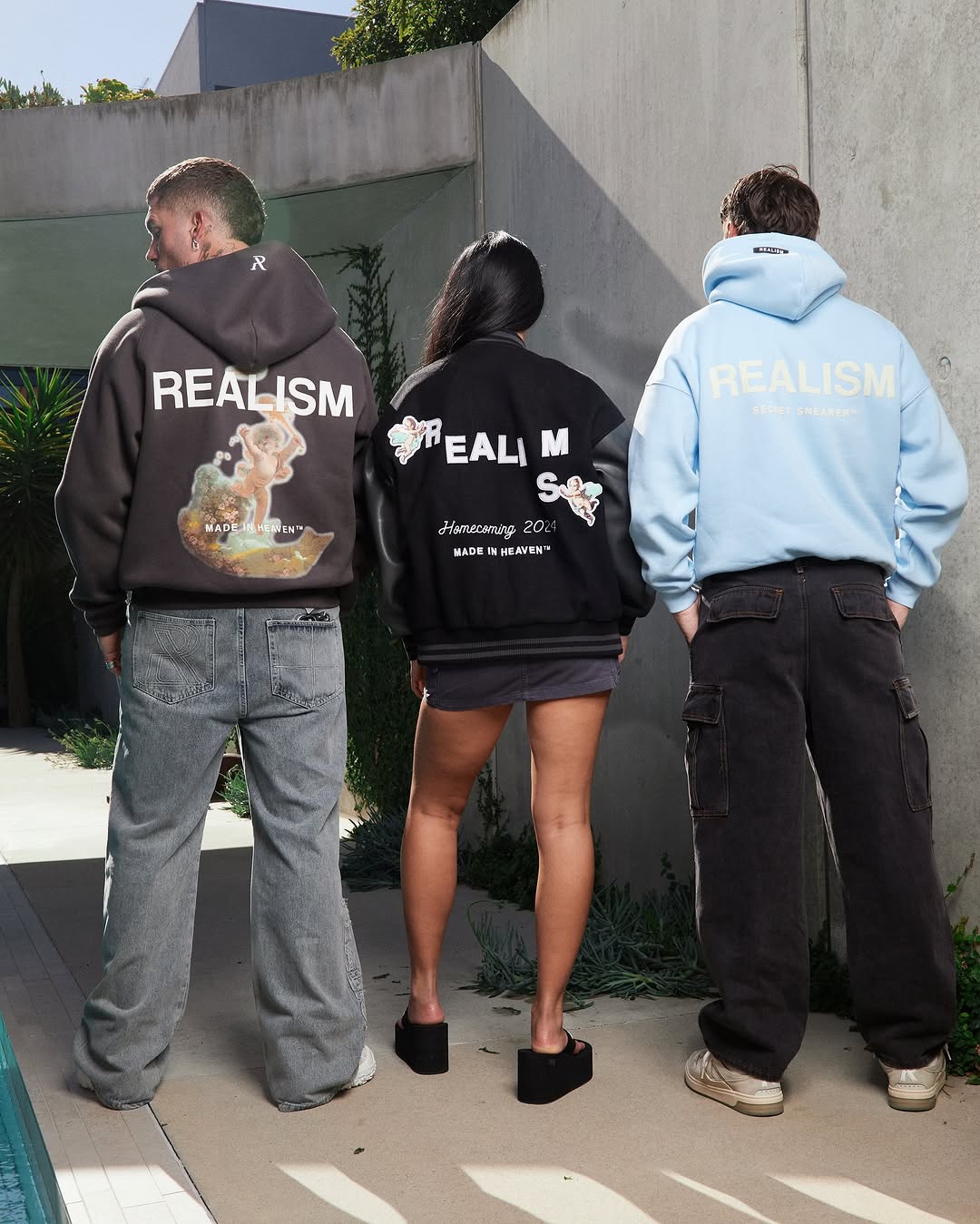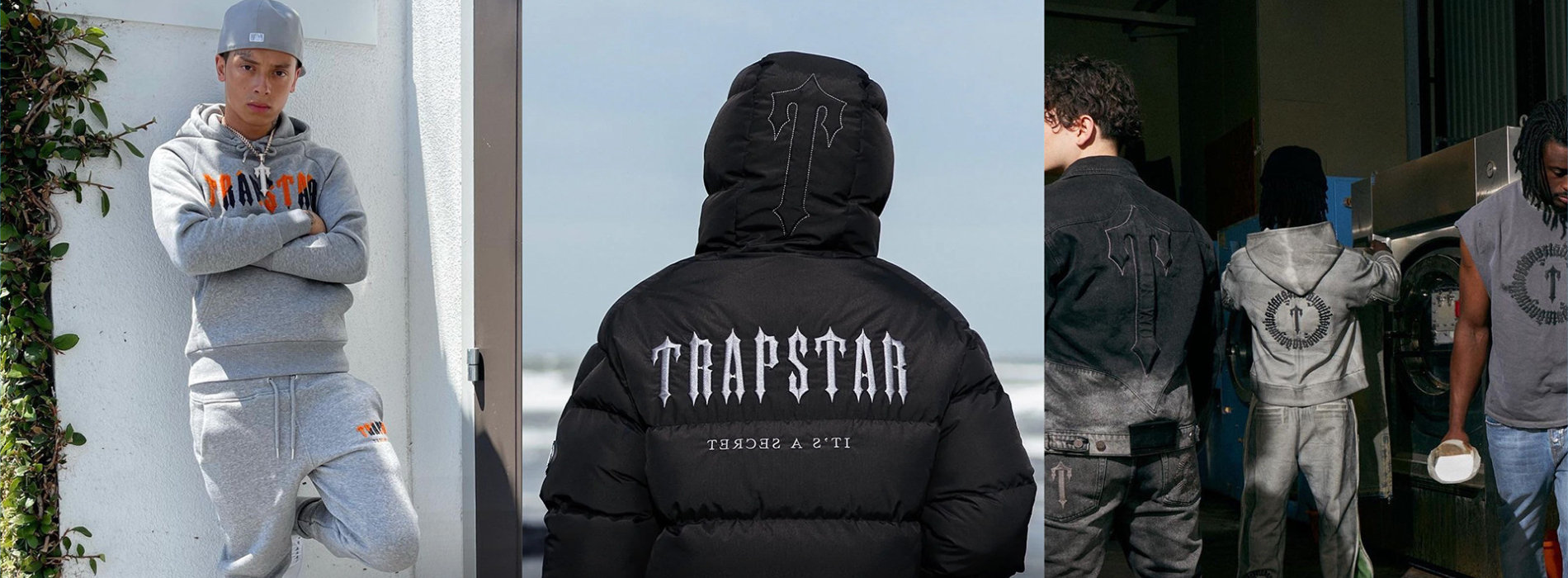Stepping Into the World of Fake Gods

The first time I landed in New York, I thought the trip would be about work, museums, and coffee-fueled mornings. My assignment was to shadow a design team for two months. But on my second week, I stumbled upon something unexpected—fake gods—a brand whose name made me pause mid-step. The stark black lettering on the store’s glass front felt like a challenge, daring me to enter and question what I knew about style, identity, and personal expression.
Discovering Fake Gods in SoHo
The shop sat quietly on a side street in SoHo, away from the chaotic tourist trails. Cobblestones clicked under my boots as I approached, past cafés spilling warm light into the cold January air. Fashion boutiques stood like silent sentinels, each competing for attention, but there was something magnetic about the minimalist yet rebellious aura here. I didn’t even know if I planned to buy anything—only that I couldn’t walk past without discovering what waited inside.
First Steps Into Fake Gods
Crossing the threshold, I felt like I’d stepped into a gallery rather than a clothing store. The space was open and deliberate—walls painted deep charcoal, spotlights highlighting select garments as if they were modern sculptures. A subtle scent of cedarwood drifted in the air, giving everything an earthy calm. Music throbbed quietly, a slow beat that seemed to guide your pace through the room. Every piece looked intentional, from the drape of a jacket to the worn softness of a hoodie.
Meeting the Fake Gods Philosophy
A store associate approached, not with a rehearsed sales pitch, but with the curiosity of someone asking about your favorite book. She explained that fake gods was built on questioning cultural idols, replacing blind worship with self-definition. The designs, she said, weren’t just clothing—they were statements. Each collection pulled from history, street culture, and moments of rebellion. Listening to her, I realized this wasn’t just retail—it was philosophy stitched into cotton, denim, and leather.
Conversations at the Fake Gods Table
We sat at a small table in the corner where lookbooks and sketches were scattered. She told me how the founders wanted their clothes to carry contradictions—raw yet refined, classic yet subversive. I shared my background in design, and she lit up, telling me about how fake gods attracted thinkers as much as trendsetters. Our conversation felt less like shopping and more like two people trading ideas about how clothing can mirror, or even shape, the way we see the world.
The Fake Gods Design Language
As I moved through the racks, I began noticing recurring design codes. Distressed denim with perfectly calculated frays, oversized hoodies balanced by tailored cuffs, and graphic tees where words clashed boldly with imagery. Every detail seemed purposeful. Even the tags told a story, printed with quotes from literature and underground music scenes. This wasn’t mass-produced fashion—it was an ongoing conversation between art, rebellion, and wearability. The clothes dared you to see beauty in imperfection and power in personal truth.
Trying On Fake Gods for the First Time
I took a black bomber jacket to the fitting room. The mirror reflected more than just my outfit—it reflected a slightly bolder version of myself. The fabric was heavy but soft, lined with a hidden message stitched in white thread. It read, “Your gods are your choices.” It made me smile, because it felt like the jacket was speaking directly to me. In that quiet, enclosed space, I realized I wasn’t just trying on clothes; I was trying on ideas.
The Atmosphere Inside Fake Gods
The store wasn’t loud or chaotic. Instead, it had a slow rhythm that encouraged you to linger. People browsed like they were exploring a museum, pausing to touch fabrics and tilt their heads at bold prints. The lighting softened everyone’s edges, creating an almost cinematic feel. I could hear snippets of conversations—about art shows, protests, and personal stories. Fake gods seemed to attract people who were searching for something deeper than just seasonal trends.
Cultural Reflections from Fake Gods
Leaving the fitting room, I noticed how the store’s style reflected the city outside. New York is a collage of cultures, ideas, and contradictions, and fake gods embraced that chaos with intention. Its pieces borrowed from streetwear, high fashion, punk, and minimalist design, blending them without losing their authenticity. It made me think about how fashion is a living language—one that shifts with each city, each decade, and each wearer. Here, clothing wasn’t just sold—it was translated.
My Purchase at Fake Gods
I didn’t intend to shop that day, but the jacket wouldn’t let me leave without it. At the counter, the associate wrapped it carefully in tissue, placing it in a matte black bag stamped simply with “fake gods.” There was no flashy branding, no bright colors—just quiet confidence. As I stepped back into the cold street, bag in hand, I felt like I’d just made an investment not in fashion, but in a personal reminder of who I wanted to be.
The Walk Away from Fake Gods
Walking back through SoHo, the streets felt different—maybe because I felt different. I thought about how rare it was to encounter a brand that didn’t just sell you something but invited you into its worldview. Fake gods wasn’t about idols, but about choosing what you value and wearing that choice openly. The city hummed around me, and I realized I’d just experienced more than a shopping trip—it was an unexpected moment of self-definition in the middle of winter.
What Fake Gods Left Me With
Weeks later, I still wore the jacket like armor. It carried the memory of that day—the smell of cedarwood, the quiet music, the conversations about meaning. Every time I caught its reflection in a window, I was reminded of that walk into the unknown, and how sometimes the most unexpected discoveries shape us the most. Fake gods had given me more than a piece of clothing; it had given me a small, tangible piece of my own evolving story.



